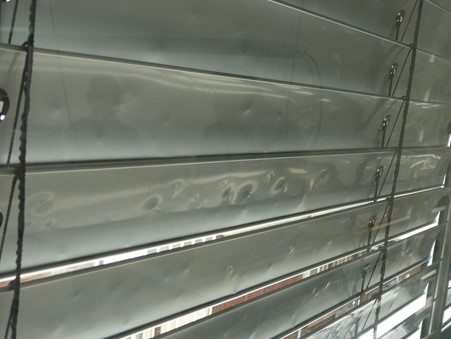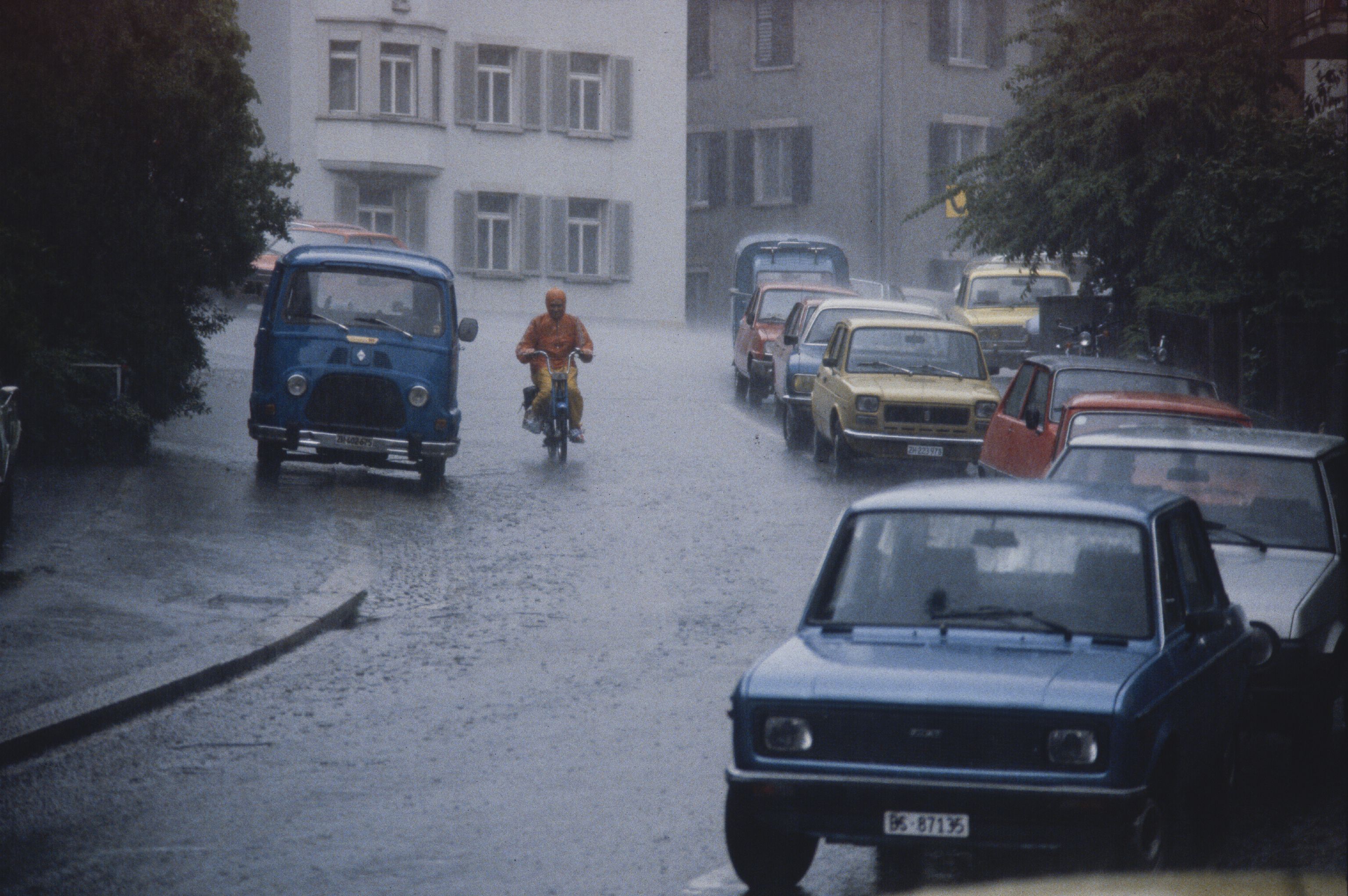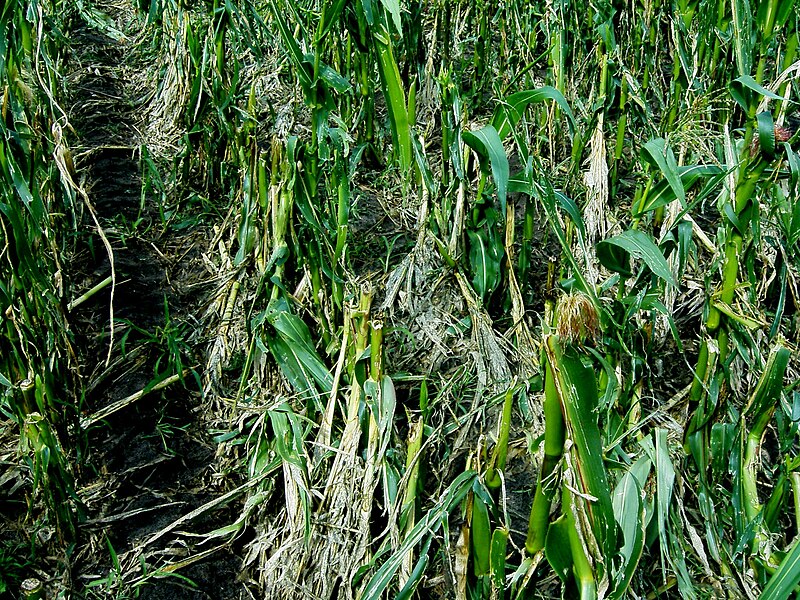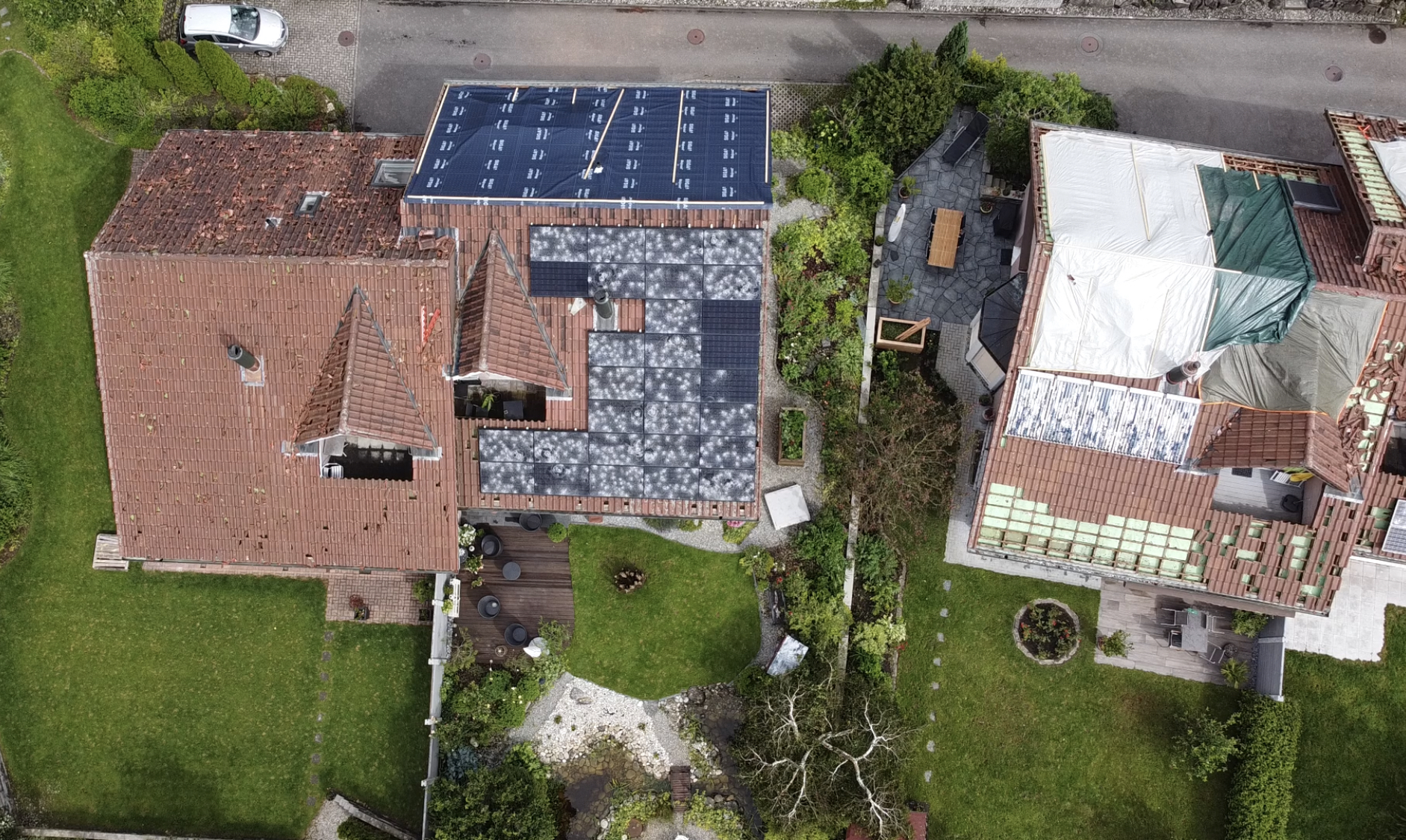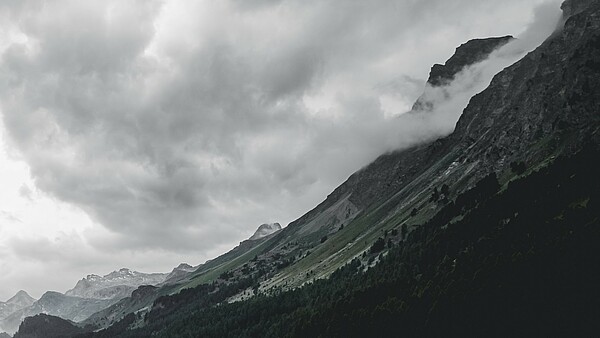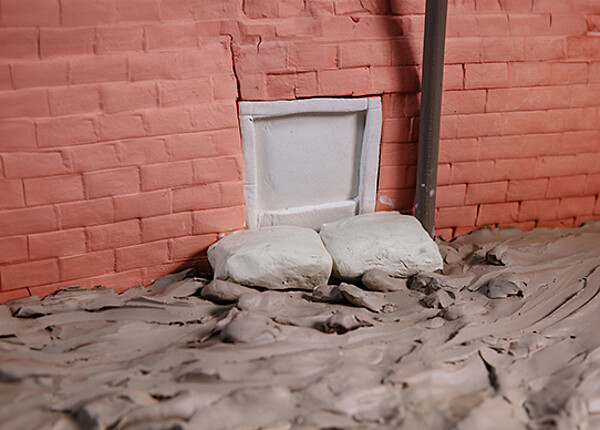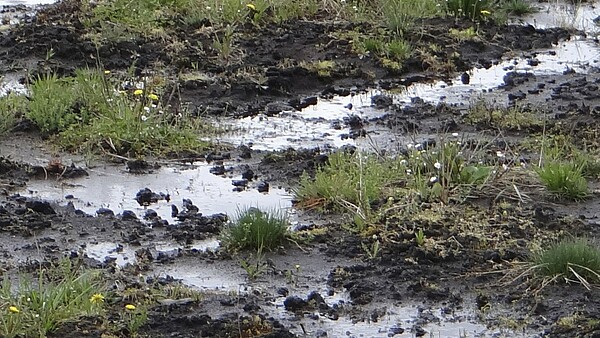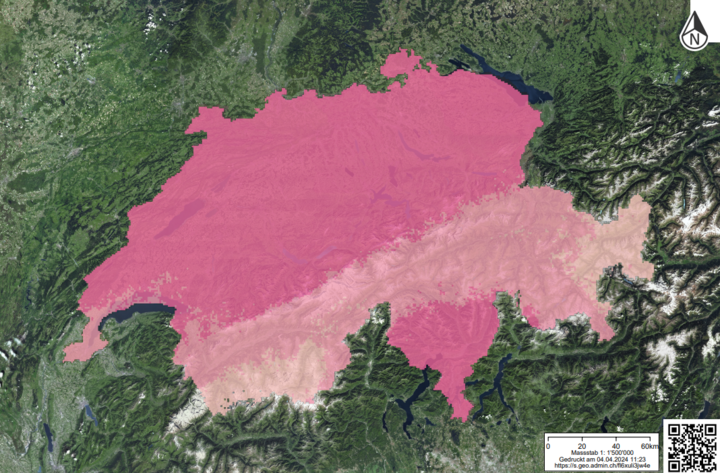
Switzerland is one of the most hail-prone countries in Europe. Hailstorms cause damage totalling tens of millions of Swiss francs almost every year.
Hailstorms are smaller than winter storms, usually a few kilometres long and less than a kilometre wide. They normally bring small hailstones (1-2 cm) with them. Larger or more intense events are either longer and/or have larger hailstones (3 cm, rarely 5 cm and larger). The hail hazard is not the same throughout the country, as the hazard map shows.
People and larger animals are only at risk from larger hailstones (5 cm or more). However, hail can cause major damage to buildings, cars and agricultural crops. In 2021, the cantonal buildings insurance companies paid out almost CHF 800 million for hail damage to buildings.
Hail insurance
Cantonal building insurance companies have been insuring buildings against fire and natural hazards since the beginning of the 19th century. Shortly afterwards, private insurance companies were added, offering transport, household contents and motor vehicle insurance in addition to buildings insurance. Hail insurance for agricultural crops has also existed in Switzerland since 1880.
After a sharp increase in hail damage to flat roof membranes in the 1970s, the various players reacted: the cantonal building insurers (VKF), private insurers, manufacturing companies, the Swiss Society of Engineers and Architects (SIA) and the Swiss Federal Laboratories for Materials Testing and Research (EMPA) defined requirements for the materials, integrated these into the predecessor standard to the SIA 271 building standard and developed a hail test for this purpose. Today, various hail-tested components can be found in the hail register.
The accumulation of major damage events in 2019 led the Federal Office for Civil Protection (FOCP) to include hailstorms in the list of hazard scenarios in the risk analysis.

Effective measures
Technical measures
- Construct buildings in accordance with SIA standards (e.g. SIA 261/1)
- Protect sensitive and exposed components - such as plastic skylights or slatted blinds - with grilles, protective glass or canopies
- Install hail protection nets over car parks
- Protect agricultural crops with nets


